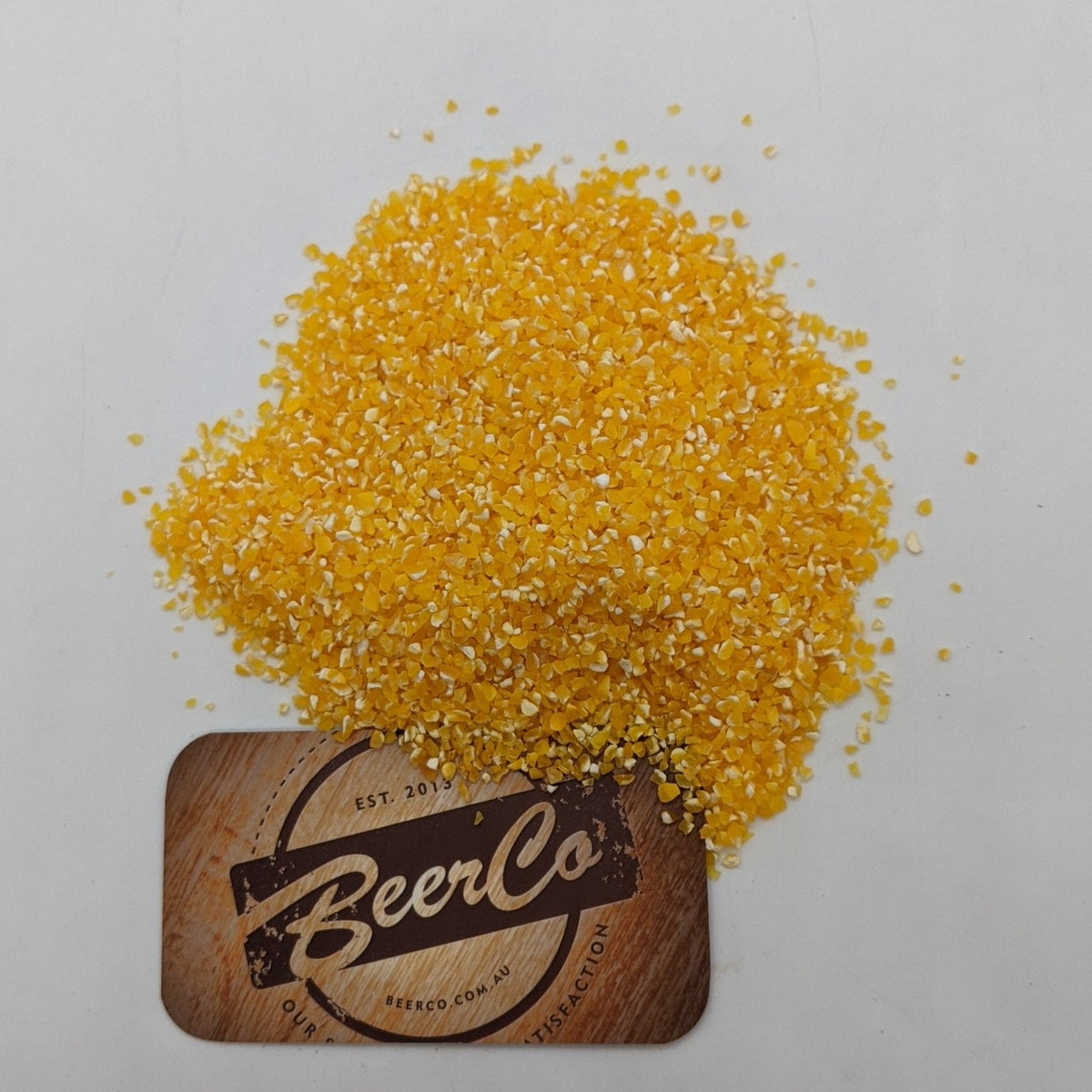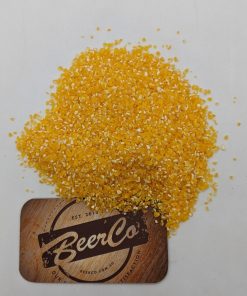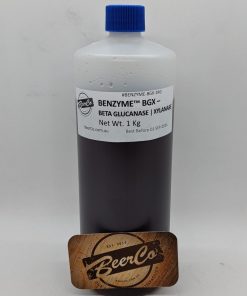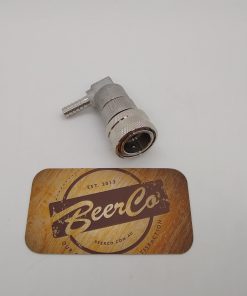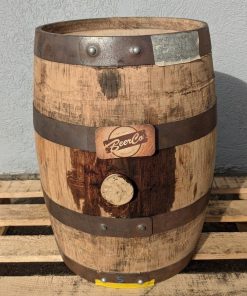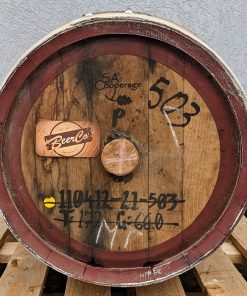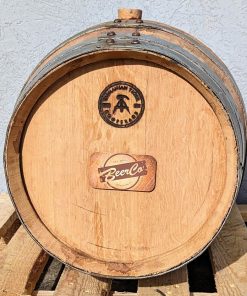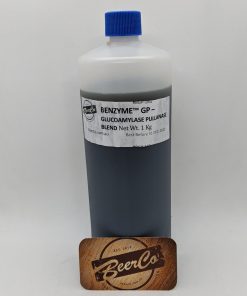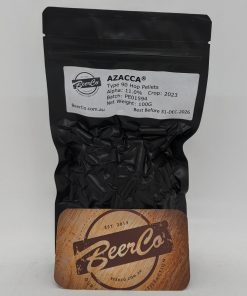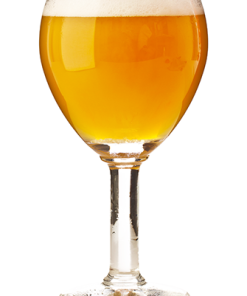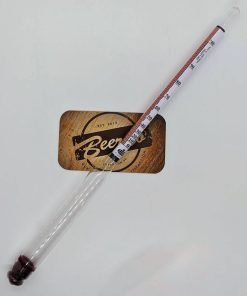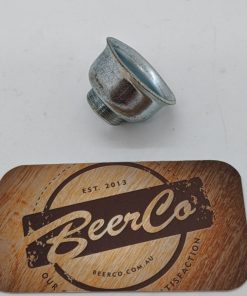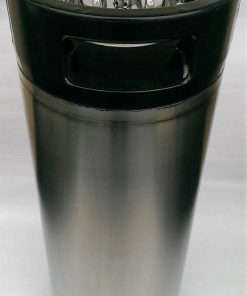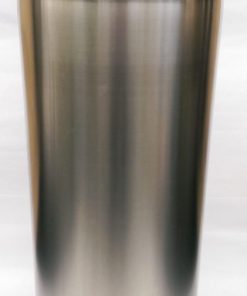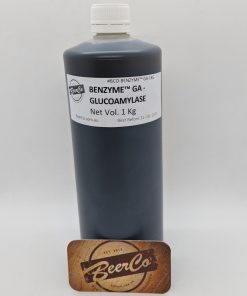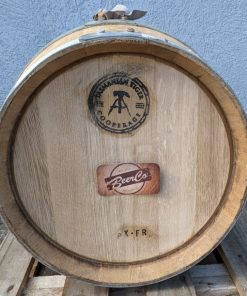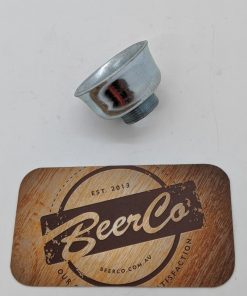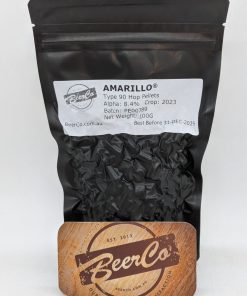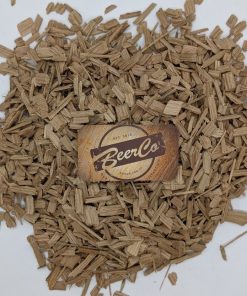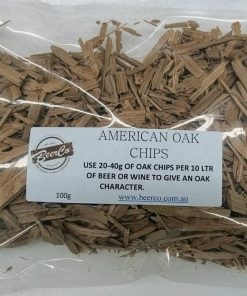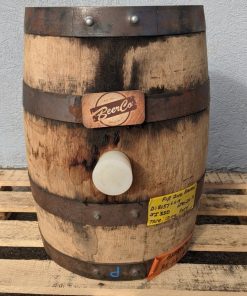Corson Kibbled Maize Corson
$ 4,95 $ 2,97
Corson Kibbled Maize is Gluten Free G.M.O. Free 100% Australian Maize degermed kibbled and widely used in both brewing and distilling. Locally grown and milled by Corson Miaze in Stanbridge, NSW. Darlington Point Mill site is a dedicated allergen-free grain processing facility, maintaining strict standards to meet gluten-free and non-GMO certification.
Corson Kibbled Maize does not require milling before being added to the mash.
This product is fresh-smelling, free from any extraneous material and manufactured from non-GM certified raw materials in a plant that does not process any material that is of GM origin.
Kibbled Maize can also be used by distillers to create bourbon style American whisky.
Pack Sizes:
- 1 Kg Bag
- 5 Kg Bag (SAVE 20% OFF 1Kg Price)
- 25 Kg Bag (SAVE 40% OFF 1Kg Price)
Styles and Uses:
- American Light Lager
- American Style Whisky
- Bourbon
- Continental Lagers
- Cream Ales
- Prohibition Lagers
Usage and Benefits:
- Brewing and Distilling
- Improves body and mouthfeel
- Soften Taste
- Lighten Body
- Higher inclusion rates can bring creamy/corny aroma and flavour
- Gluten Free
- Nitrogen free so can be used a nitrogen diluent for worts made from high TN malted barley
- Minimize protein haze formation
Batch Analysis:
- 1x 14/01/2023 Best Before 14 Jan 2024
Typical Analysis:
| Analysis | Specification | Results |
| Ticket Number | W14012303 | |
| Production Date: | 14-Jan-2023 | |
| Best Before: | 14-Jan-2024 | |
| Particle Size | ||
| 2.80 mm | 0 – 2% | 0.2 |
| 2.00 mm | 25 – 35% | 30.0 |
| 1.70 mm | 30 – 40% | 34.5 |
| 1.00 mm | 20 – 35% | 34.9 |
| Thru 1.00 mm | 0 – 10% | 0.4 |
| Chemical | ||
| Moisture | 14% Max | 12.2 |
| Oil | 1.5% Max | 0.2 |
BeerCo All Grain Kits featuring Maize
- Mower | Cream Ale
- Delores | Brut IPA
- Sakura | Super Dry
BeerCo Distillers Kits featuring Maize
- Dee | American Whiskey
Brewing and Distilling with Corn Grits – Further Reading and Knowledge:
- BeerSmith | Cereal Mash Steps for All Grain Brewing
- Brew Your Own | Brewing with Corn
- Home Distiller | Corn Grits Bourbon Procedure
- How to Make a Corn Mash for Distilling
Most large commercial breweries use milled corn grits when including corn in their beer. Milled corn grits are corn that has had the germ and bran removed, then the starchy part ground into a coarse meal, typically available to consumers as “cornmeal” or “polenta” used in cooking and baking. Hominy grits are corn that has been treated with alkali and then ground into coarse meal and is a staple in American Southern cooking.
Cereal Mash using Corn Grits
To perform a cereal mash using cornmeal or grits, combine 10% 6-row barley malt or 15% 2-row barley malt by dry weight with the corn. Place the cornmeal or grits in a heavy saucepan and add water until the mixture is like a soupy batter and begin heating it. Carefully heat this cereal mash to 158 °F (70 °C) and hold it at that temperature for at least five minutes. This will allow the amylase enzymes supplied by the malt to convert stray starch molecules and begin to loosen the remaining starch “granules” in the corn. The heavy lifting of starch conversion will take place in the main mash. After the short conversion rest at 158 °F (70 °C), add heat to bring the cereal mash to a boil and boil it gently for 30 minutes. You will need to stir the mash constantly and may need to add water to keep the mixture fluid and moving to prevent it from scorching on the bottom of the pan. At the end of the cereal mash cooking process, the starch will have gelatinized and be in a form that the amylase in the main mash will be able to convert to sugar.
Be aware that the addition of the cereal mash can significantly alter the temperature of your main mash, especially if the cereal mash is just off of a boil. If you cook the cereal mash early in your brewing process, you can add cold water or ice cubes, or simply allow it to cool on its own to the desired temperature of your main mash. In this way, when the cereal mash is added to your main mash<br>the effect on main mash temperature should be negligible. Otherwise, you can mash in at a temperature slightly below starch conversion temperature (149 °F/ 65°C) and allow the cereal mash to bring the entire mash to the desired conversion temperature. Again, have some cold water or ice cubes on hand to add to the mash to cool it down if your initial mash-in temperature is higher than desired. Keep good notes on quantities and temperatures during the process and you should be able to zero-in on hitting the desired temperature when adding a cereal mash to the main mash in the future. If you use one of the brewing software programs, they often have cereal mash or decoction calculators to help determine how a certain quantity of recently boiled cereal mash will change the temperature of the main mash.
How to Perform a Cereal Mash?
The process for performing the cereal mash phase is as follows:
- Mill or grind your cereal adjuncts down into a fine grist – ideally smaller than your milled barley grains. Add about 20% of your total malted barley grains (i.e. Pale or Pilsner malt) to the cereal adjuncts. This malted barley will provide the enzymes needed to aid in converting and breaking down the sugars, as many cereal adjuncts don’t have sufficient enzymes by themselves.
- Next add hot water at the rate of 2-3 quarts/lb (4-6 l/kg) to produce a fairly thin mash. This is a simple infusion, but you want to target the gelatinizing temperature ranges listed above depending on your adjunct. So if you are working with raw oats, for example, you need to be in the 127-138 F (53-59 C) range. Hold the gelatinization temperature ranfe for 20 minutes.
- Slowly raise the temperature of the cereal mash up to a gentle boil and hold it for 20-30 minutes. As you do this the mash will go from a grainy mixture to a pretty sloppy gelatin mess that should coat the back of your spoon. When you reach the liquid goo phase, the cereal mash is good to go!
- Finally add the gooey mixture into your main mash. If you are working directly with the hot liquid, you can often use a decoction calculator to figure out how high your starting mash temperature needs to be when adding the boiling cereal mash to hit your desired sugar conversion range – which is usually between 148-156 F (64-66 C). The other option is to use cold water to bring your cereal mash down to the target temperature before adding it to the main mash. After that you continue your conversion phase and sparge as you would with any regular all grain mash.
| Size | 1KG, 5KG, 25KG |
|---|
Fast shipping and professional packing
We offer a wide range of shipping options due to our long-running partnerships with UPS, FedEx and DHL. Our warehouse staff are highly trained and will package your items according to our precise and precise specifications. Before shipping, all goods are thoroughly inspected and securely secured. Every day we ship hundreds of packages to our customers from all over the world. This is a sign of our commitment to be the largest online retailer worldwide. The warehouses are located situated in Europe as much as they are in USA.
Note: Orders containing multiple items will have a different processing period for each item.
Before shipping the items, our staff will carry out an extensive inspection of the products you have ordered. The majority of orders are delivered within 48 hrs. The delivery time should be between 3-7 working days.
Returns
We don't manage the stock in our factory and warehouse. Actual stock levels may fluctuate at any moment. Be aware that it's possible that your order will be out of stock after you have placed the order.
Our policy is for 30 days. Unfortunately, if 30 days have passed from the date you purchased the product, we are unable to offer you a return or exchange.
The item must not be used, and it must be in the original packaging. It must also be in the original packaging.
Related products
Brewing Aids
Brewing Aids
Equipment
Equipment
Equipment
Equipment
Equipment
Brewing Aids
